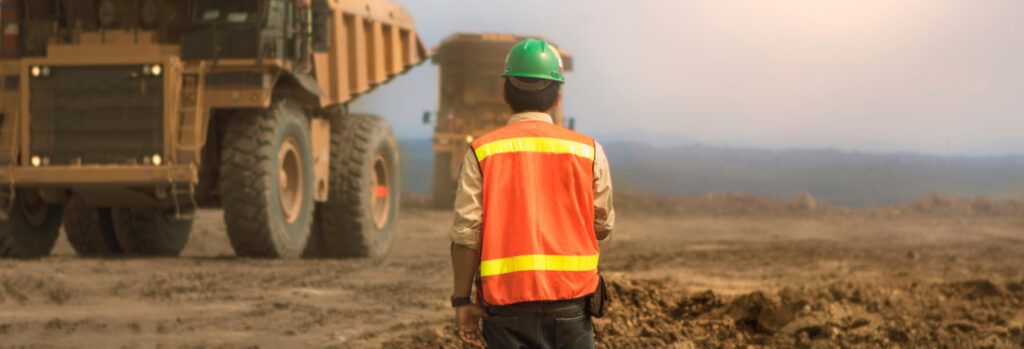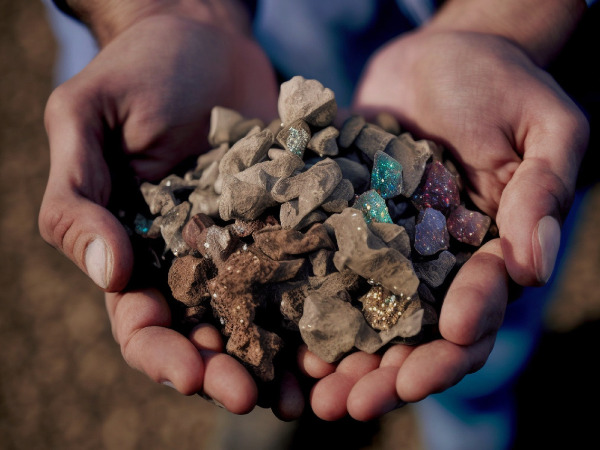New Clean Hydrogen Tax Credit on the Horizon
A new tax credit, the clean hydrogen tax credit, may be on the horizon for businesses that invest...

Rare Earth Elements (REEs) are a group of seventeen chemical elements that are typically divided into two categories: the Lanthanides and the Actinides. These elements are known for their unique electronic, magnetic, and optical properties, which make them indispensable in various high-tech applications. Their field of utilization goes from electronic manufacturing such as in smartphones, tablets and laptops, but also speakers, screens, and memory storage.
On top of being necessary in mostly all electronic devices REEs are a cornerstone in the development of sustainable energy development due to their critical role in enhancing the efficiency and performance of key clean energy technologies. Neodymium, for instance, is used in the magnets of wind turbines, which increases their power generation efficiency. Meanwhile, REEs such as lithium and cerium are crucial components in the batteries of electric vehicles and energy storage systems, helping to store renewable energy for use during periods of low generation.
Additionally, the luminescent properties of certain REEs are vital for the production of energy-efficient lighting, such as LED bulbs, which significantly reduce electricity consumption. By enabling these advances in clean energy technologies, REEs play a pivotal role in reducing greenhouse gas emissions, promoting energy sustainability. This way, developing sustainable energy production must take the production and recycling of REEs as part of the equation.

For now, Rare Earth Elements’ market is being dominated by China, with over 80% of the global production. As the production relies on heavy processes that includes excavating important amounts of ore and subjecting them to chemical processes to concentrate and separate the earths. The transformation is energy intensive and dirty, requiring toxic chemicals and often generating a small amount of radioactive waste that must be safely disposed of.
As of today, REEs recycling rate is still very low, with the reasons being the lack of collection infrastructures. Efficient collection systems for end-of-life electronics and other REE-containing products need to be developed and implemented. Also, technological advancements are needed in recycling technologies to make the process more cost-effective and environmentally friendly. Finally, educating consumers about the importance of recycling REEs and proper disposal of electronic waste is crucial.
On the technical aspect, several methods of recycling Rare Earth Elements exist, such as the following :
Such innovations are conducted by companies, as like the Quebec company Ressources Géoméga, which specialized in the treatment of bauxite, a byproduct of aluminum production. As they continue their development in REEs recycling, they were financially supported by governmental, and most specifically the provincial grant program Technoclimat, a Quebec grant that supports innovative companies working to reduce their carbon emission by doing Research and Development for mature Technology Readiness Level.
Recycling rare earth elements is a vital step towards ensuring a sustainable and secure supply of these critical materials. By reducing our dependence on primary mining, we can mitigate environmental harm, enhance resource security, and promote the responsible use of REEs in our ever-evolving technological landscape. Investing in recycling infrastructure, innovation, and public awareness is essential to maximize the benefits of recycling REEs and help promote the development of sustainable energy production.
Companies that are innovating in this sector are likely to be eligible for several funding programs including government grants, and SR&ED.
Want to learn about funding opportunities for your project? Schedule a free consultation with one of our experts today!
Sources :
https://www.sciencenews.org/article/recycling-rare-earth-elements-hard-new-methods
https://transitionenergetique.gouv.qc.ca/innovation/programme/technoclimat
Explore our latest insights
More arrow_forward
A new tax credit, the clean hydrogen tax credit, may be on the horizon for businesses that invest...

The Clean label has transitioned from trend to a lifestyle placing pressure on the food and bever...

The Industry 4.0 represents a blend of two industries: information technology and manufacturing. ...

Provincial governments are slowly unveiling their provincial budgets outlining fiscal strategies ...